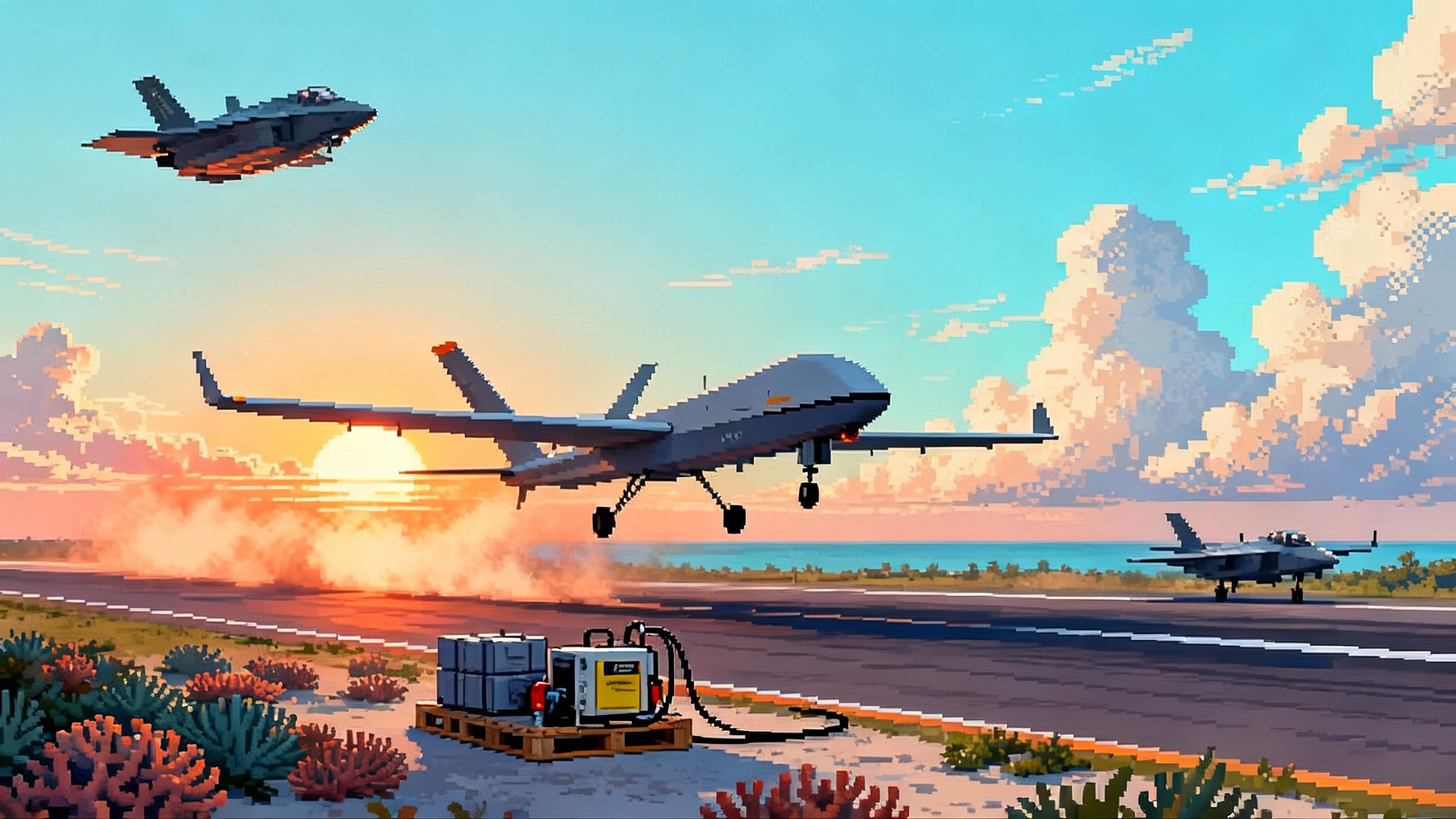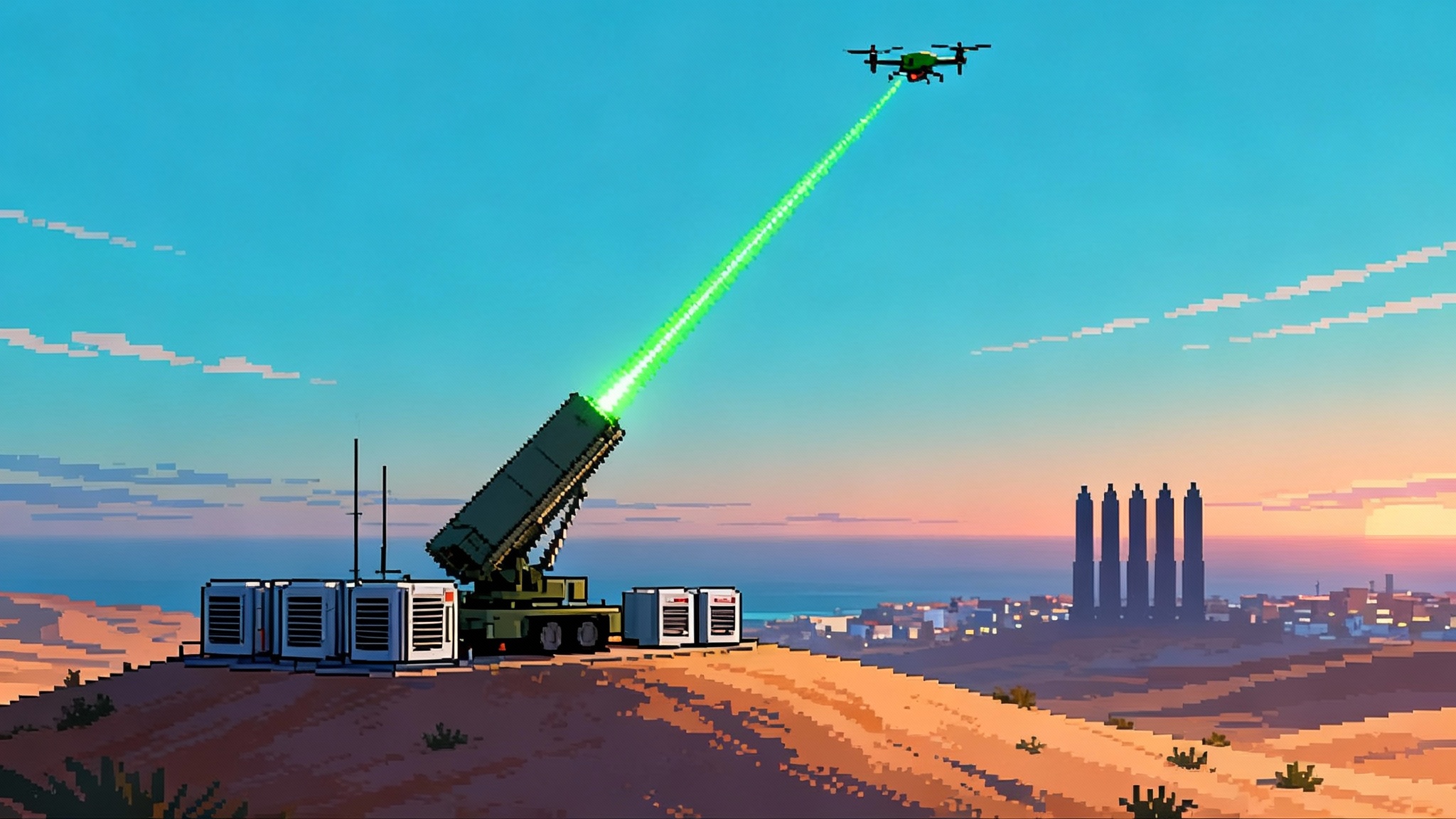 Military
Military
Articles under the Military category.
PAC-3 Mega Order and the U.S. Missile Production Surge
A 1,970-round PAC-3 MSE buy in early September signals a lasting shift in U.S. missile production. Can industry clear seeker and rocket motor bottlenecks, sync Patriot, Aegis and IBCS, and deepen magazines for Europe and the Indo-Pacific?
Australia’s Ghost Shark Fleet Becomes A$1.7B Program of Record
Canberra has moved from prototypes to a fleet buy of Ghost Shark autonomous submarines worth A$1.7 billion, with first deliveries expected in early 2026. Here is why it reshapes allied ISR, strike, and AUKUS Pillar II.
Iron Beam Enters Service: Lasers Rewrite Air Defense Math
Israel says its Iron Beam high-power laser is moving into service after final trials. Here is how it reshapes layered air defense economics, concepts of operation, and export prospects.
Typhon in Japan: Land-based Tomahawk and SM-6 change the game
A U.S. Army Typhon battery just touched down at MCAS Iwakuni, putting ship-killing SM-6 and Tomahawk missiles on Japanese roads. Here is how mobile Mk 41 launchers plug into the kill web, survive in the archipelago, and reshape allied deterrence.
China’s New Hypersonic AShMs: Beyond Parade Hype to Reality
Beijing rolled out the YJ-17, YJ-19, and YJ-20 on Victory Day, but physics and kill-chain friction decide what truly threatens a carrier. This analysis maps likely performance, realistic timelines, and how Aegis with SPY-6 and SM-6 can blunt the risk.
Pentagon's Replicator Reset: DAWG, delays, and the race for AI mass
Replicator set out to deliver autonomous mass by 2025. Instead, timelines slipped and stewardship reportedly shifted to DAWG under SOCOM. Here is what stalled, what can still be fixed in 12 to 18 months, and what it means for Pacific timelines.
F-35 TR-3 deliveries resume as full combat clearance slips
By mid-2025, F-35 deliveries with TR-3 hardware resumed under payment withholds and partial software. Here is what jets can do now, what is delayed, and how units should train, plan loads, and plug into IAMD while Block 4 matures.
Project Pele Enters Build Phase as BWXT Starts Core
The Pentagon’s transportable microreactor is moving from drawings to hardware. With BWXT starting TRISO core fabrication and INL readying the test site, the 1-5 MWe unit is edging toward trials that could change deployed power.
Poland’s IBCS live-fire makes plug-and-fight real for NATO
Poland’s September 16, 2025 live-fire in Ustka moved IBCS from promise to practice, linking Patriot now and paving the way for CAMM. See what plug-and-fight means for NATO integrated air and missile defense, the fielding timeline to watch, and the hardest problems left to solve.
Golden Dome Goes Public: Space Defense Enters Acquisition
Golden Dome has moved from presidential reveal to acquisition. Here is what the selected architecture, Guetlein’s mandate, budgets, timelines, NORAD integration, industry capacity, and the test-and-risk outlook mean for fielding by 2029.
Two B-21s, One Sprint: Dual-Ship Tests Rewrite Bomber Plans
A second B-21 Raider has joined flight test at Edwards AFB, unlocking parallel mission systems and weapons work while reducing production risk. Here’s how dual-ship trials quicken combat capability and sharpen Indo-Pacific strike concepts.
Sentinel’s 2025 reset and U.S. ICBM modernization’s pivot
2025 turned Sentinel’s cost crisis into a structured reset. DoD recertified the program, motors fired at scale, and GAO flagged chokepoints. Here is what changed, why the ground segment is now the pacing item, and how to keep Minuteman III credible through the transition.
USAF Drone Wingmen Lift Off: CCA First Flights Rewire Airpower
The Air Force’s first CCA prototypes are airborne, kicking off autonomy and weapons testing that could reshape F-22 and F-35 team tactics by 2026 to 2027. Here is what flew, what comes next, and why it changes the math.
Tranche 1 hits orbit: SDA’s LEO mesh rewrites kill chains
On September 10, 2025, SpaceX’s Falcon 9 launched 21 SDA Tranche 1 Transport Layer satellites from Vandenberg. With roughly monthly launches planned, a 150 plus satellite LEO mesh with optical crosslinks and Link 16 is set to accelerate missile warning, targeting, and joint fires.
Typhon Comes Ashore: Land-Based SM-6/Tomahawk Deterrence
From northern Luzon to Japan’s Resolute Dragon, Typhon launchers are moving from demo to deterrent. We break down how land-based SM-6 and Tomahawk change survivability, strike geometry, joint kill chains, signaling, costs, and the 2025 to 2027 outlook.
Microwaves vs Swarms: Army HPM Debuts in Indo-Pacific, Gen II
Two 2025 milestones shifted the counter-drone calculus. A Balikatan live fire in the Philippines showed Army high‑power microwaves knocking down swarms, and a July Gen II contract points to longer range, higher power and quieter, battery‑heavy endurance.
Sea-Based Hypersonics Hit the Fleet: CPS on Zumwalt, Virginia
After a successful end-to-end flight in May 2025, the Navy’s Conventional Prompt Strike is leaving the test range for real ships. Here is what CPS on Zumwalt and Virginia means for deterrence, timelines, and Indo-Pacific operations.
Iron Beam’s 2025 debut: lasers rewrite air defense math
Israel says Iron Beam will enter service by December 2025. If the high‑energy laser performs as billed, it could slash cost per shot against drones, rockets and mortars, reshaping layered defenses from Gaza to the Red Sea and beyond.

















